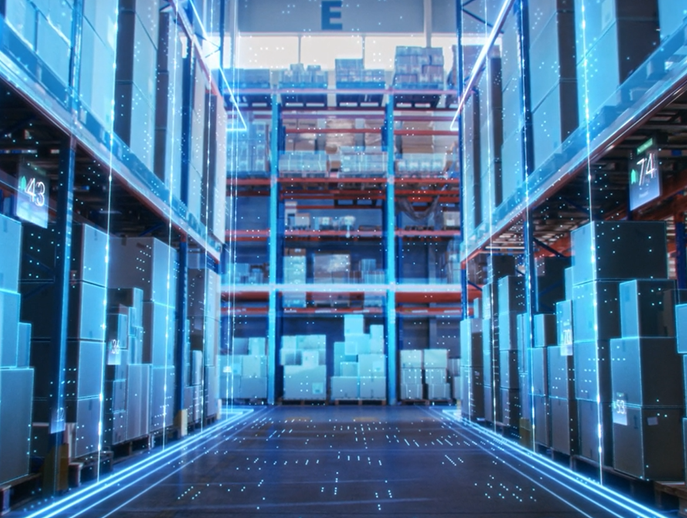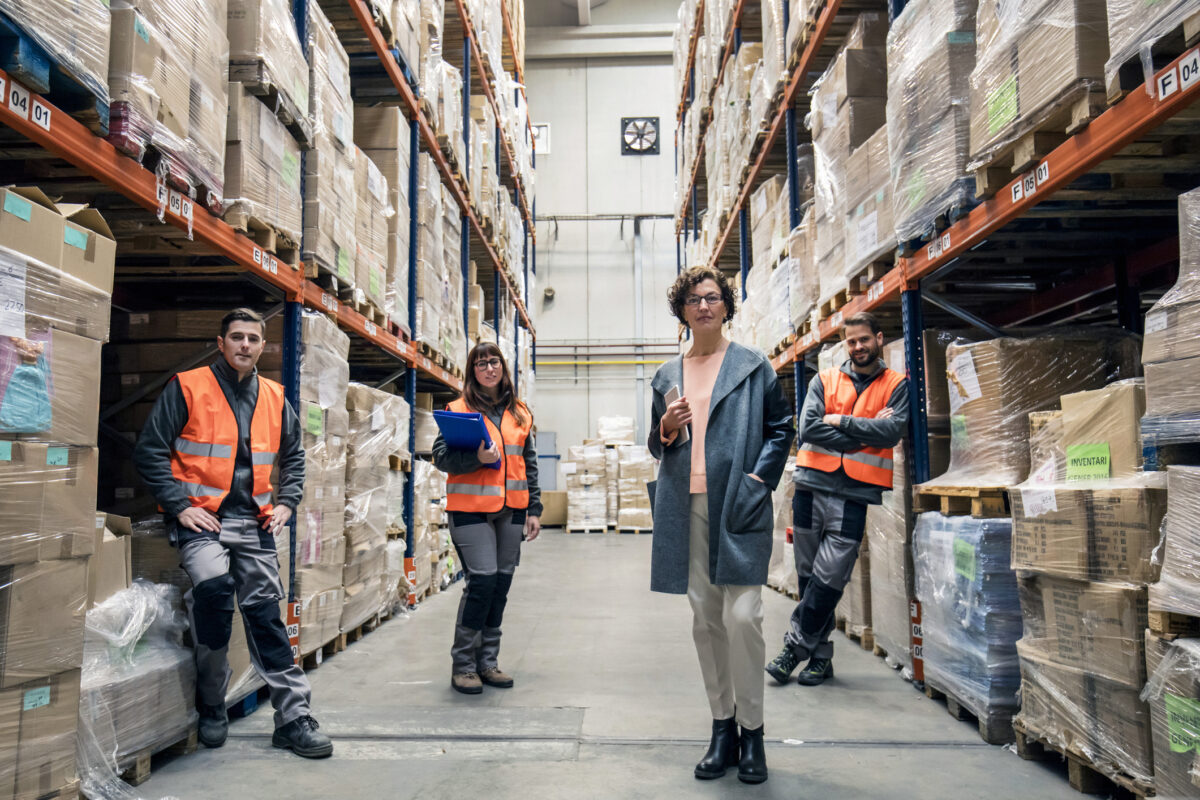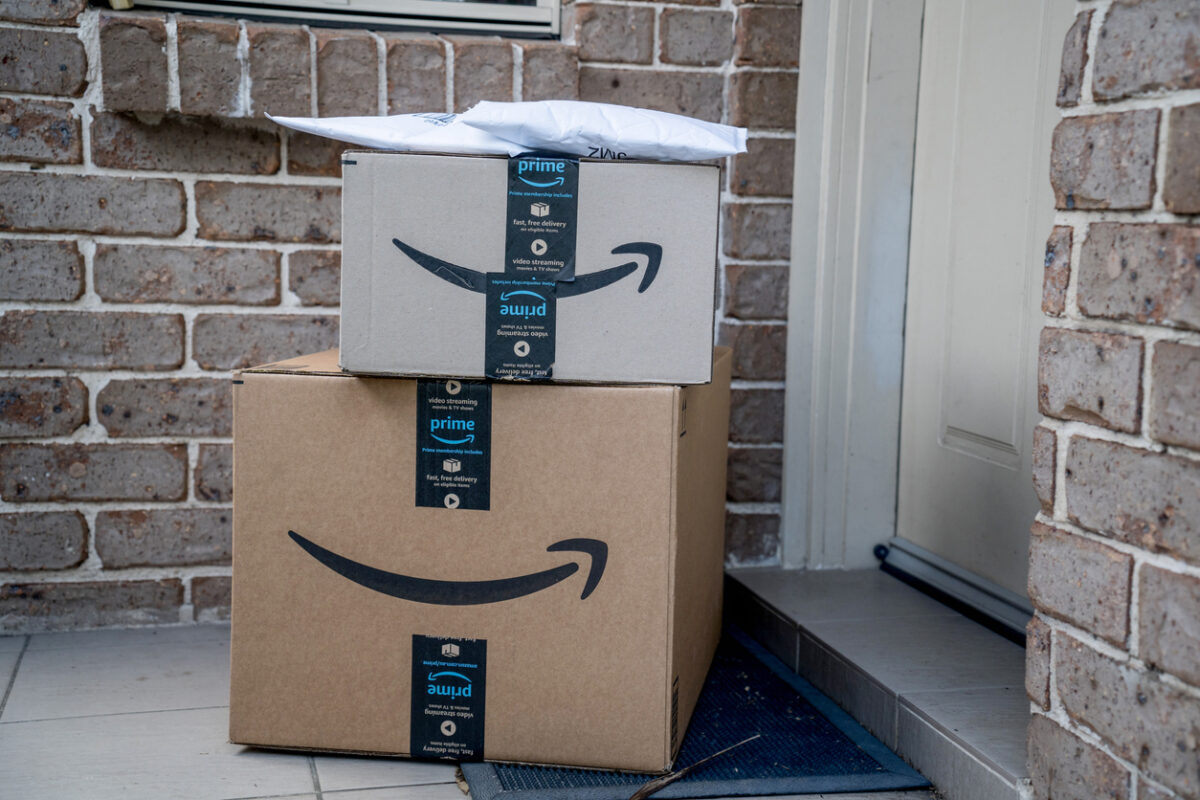Driving Innovation in Automation: The Tension Packaging & Automation Advantage
emoloney
on
December 3, 2024
Leading the Way in Automation Innovation for Unmatched Performance
In the fast-paced and steady growth industries of pharmacy and eCommerce order fulfillment, the need for advanced automation is growing. At Tension Packaging & Automation, we’ve dedicated over 25 years to designing and delivering scalable, intelligent automation systems.
Our guiding philosophy—Innovate. Automate. Outperform.—reflects our commitment to building solutions that exceed the demands of our customers.
Built on a Legacy of Excellence
With roots in manufacturing and engineering dating back to 1886, our parent company, Tension Corporation, has long been synonymous with innovation and precision. Today, Tension Packaging & Automation continues that legacy as a trusted leader in custom and standard automation solutions tailored to the unique needs of the pharmacy and eCommerce industries.
From system integration and software engineering to equipment manufacturing, we offer a full spectrum of capabilities to address fulfillment challenges.
Innovation That Drives Results
Our automation systems are built with one goal in mind: to empower our customers with unmatched efficiencies and cost savings. Whether it’s reducing manual labor, minimizing DIM surcharges, or ensuring seamless system integration, our solutions can offer measurable ROI.
Take, for instance, our fitPACK500TM—a versatile, right-sized packaging solution that minimizes end user waste, optimizes package length, width and height dimensions, and reduces shipping costs. This innovation represents just one example of how we combine innovative technology with customer-centric design to solve complex challenges.
Tailored Solutions for Maximum Impact
At Tension, we know there’s no one-size-fits-all approach to automation. That’s why we work closely with our clients to design and implement systems that align with their operational goals. Our solutions span:
- Pharmacy Automation: Equipment like the Linear Dispensing Unit (LDU) and Bottle Packaging Machine (BPM) streamline prescription fulfillment and ensure accuracy.
- eCommerce Automation: Systems such as our Scan Label Apply Manifest (SLAM) Line simplify order fulfillment with automated package identification, labeling, and sortation and manifesting.
- Integration Software: Our proprietary TensionCONNECTTM ensures flawless communication between hardware and software components, and powers the technology in our solutions.
Unmatched Support and Expertise
Automation isn’t just about the machines; it’s about the people behind them. At Tension Packaging & Automation, our skilled engineers and field service technicians are dedicated to your long-term success. From initial installation to ongoing maintenance, we’re with you every step of the way.
Experience Tension at ProMat 2025
Want to see our innovations in action? Join us at ProMat 2025, where we’ll showcase solutions like the fitPACK500TM and demonstrate how our automation systems can transform your operations.
A Future of Endless Possibilities
As industries evolve, so does Tension Packaging & Automation. Our forward-thinking approach ensures that we’re always one step ahead, developing technologies and partnerships to tackle the challenges of tomorrow. With Tension, you can trust that you’re not just adopting automation—you’re investing in a future of unmatched performance and efficiency. Ready to innovate, automate, and outperform? Explore our solutions at tensionautomation.com or contact a sales expert today.









